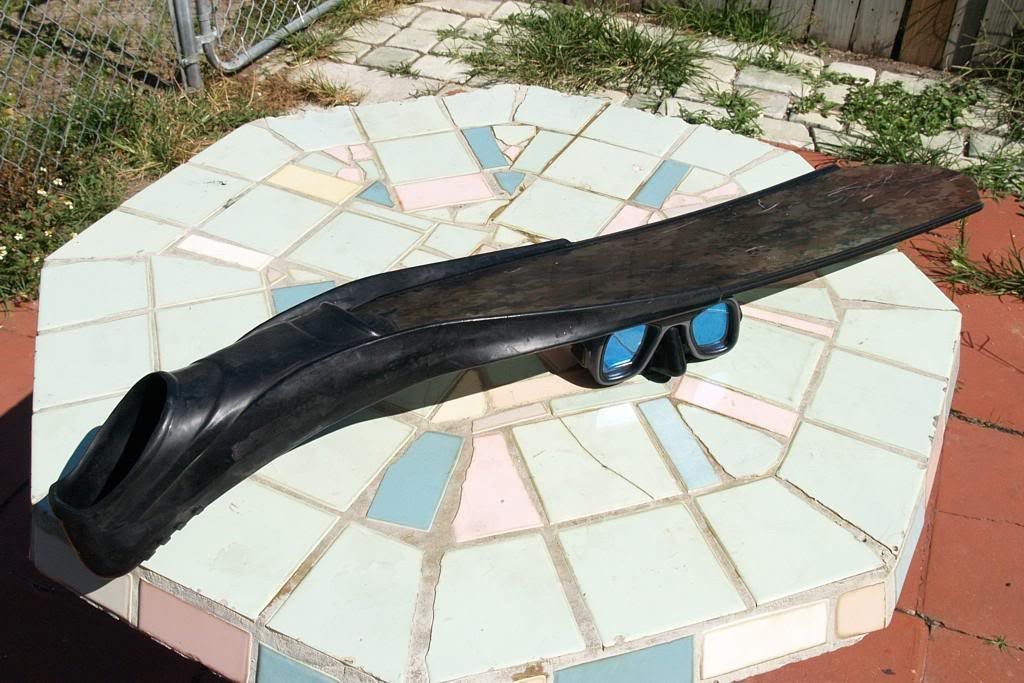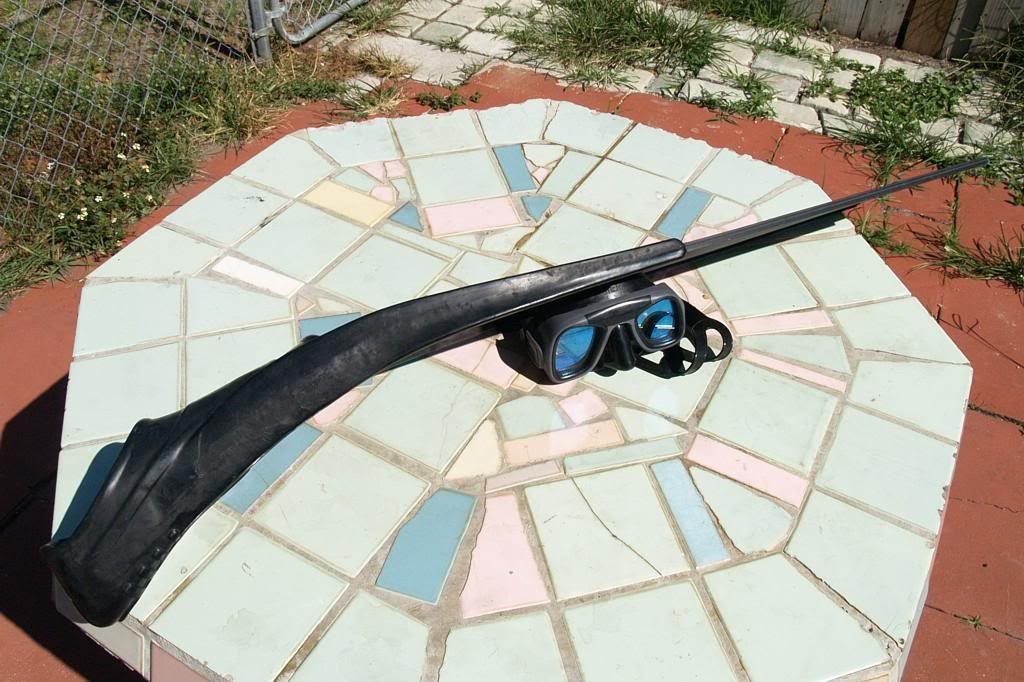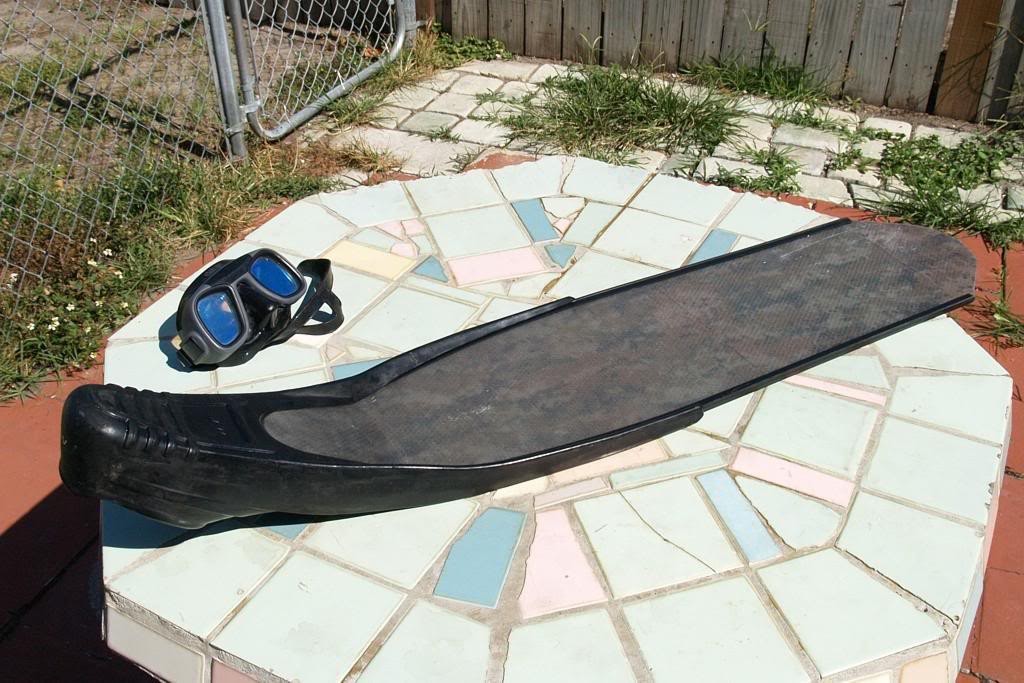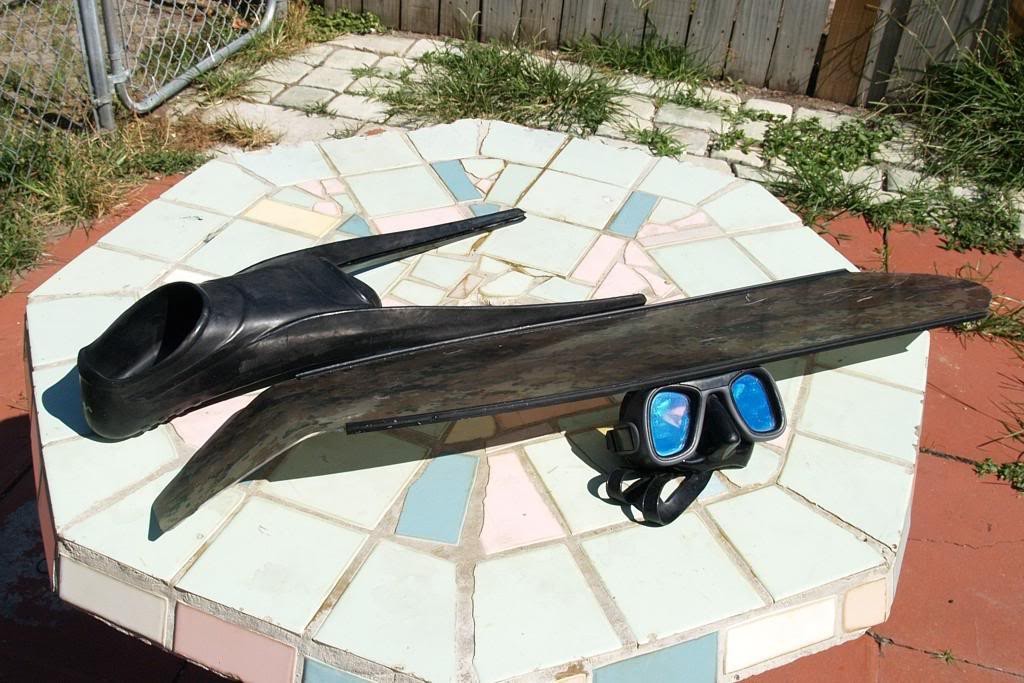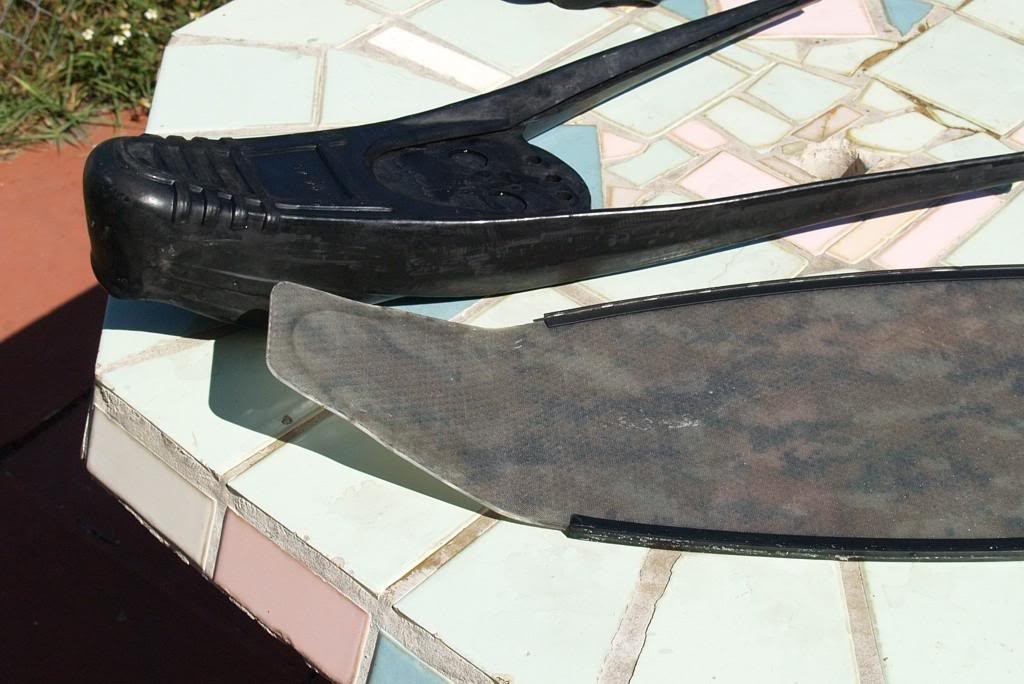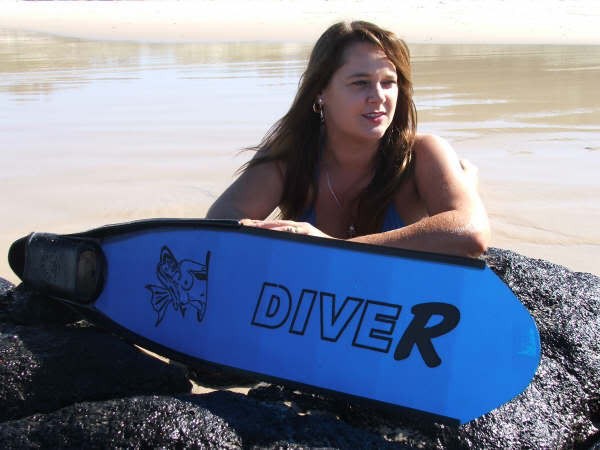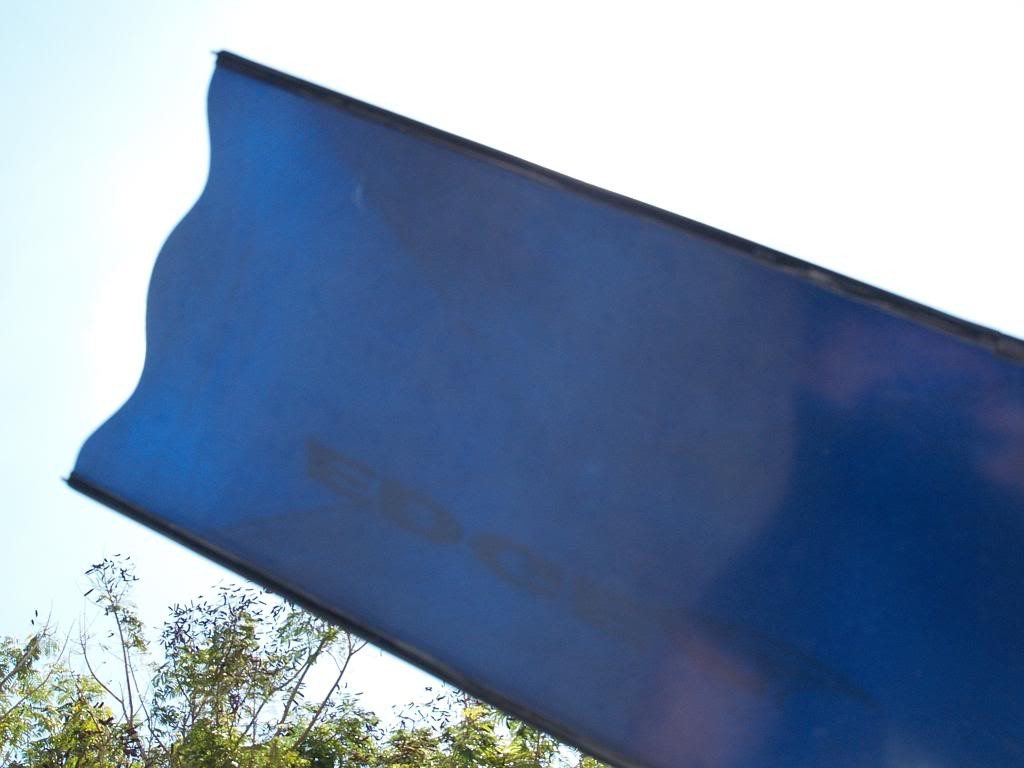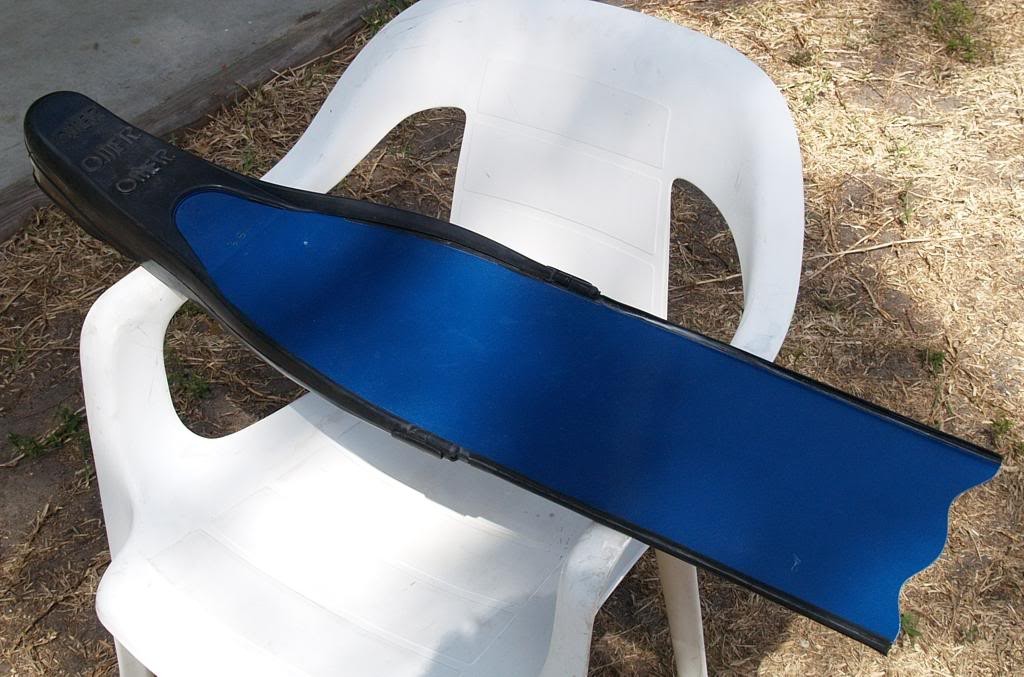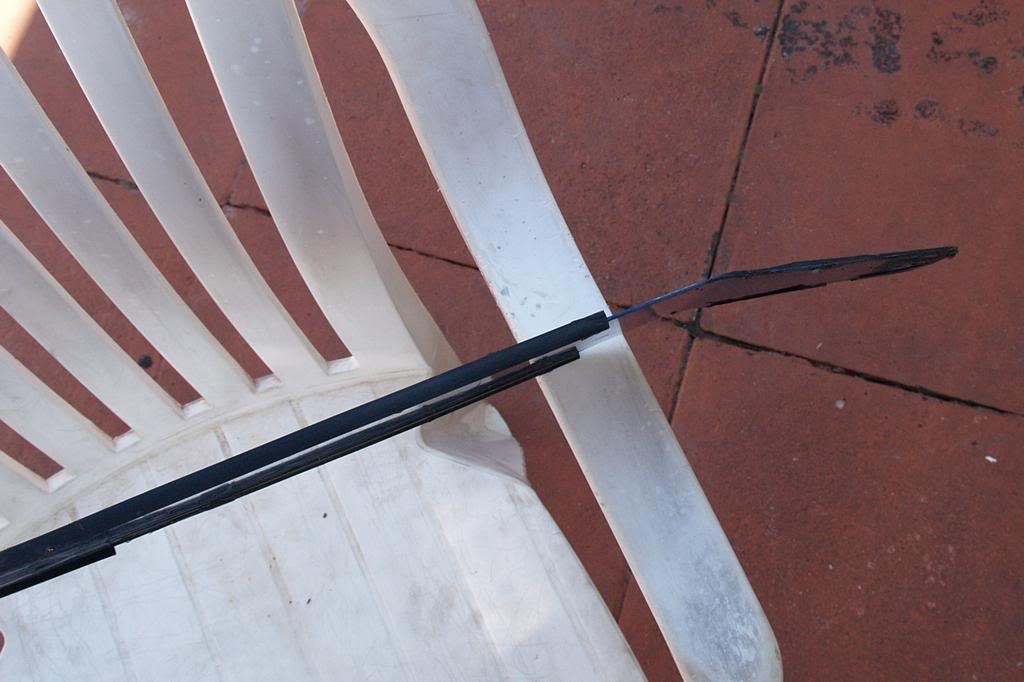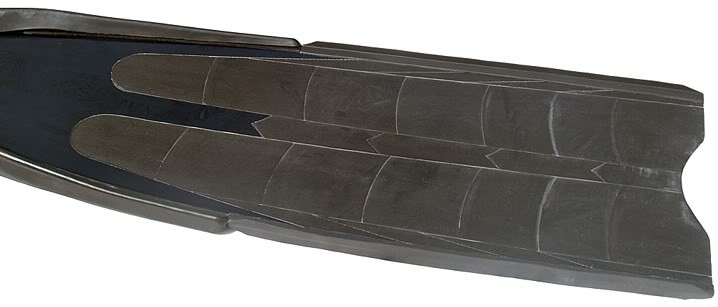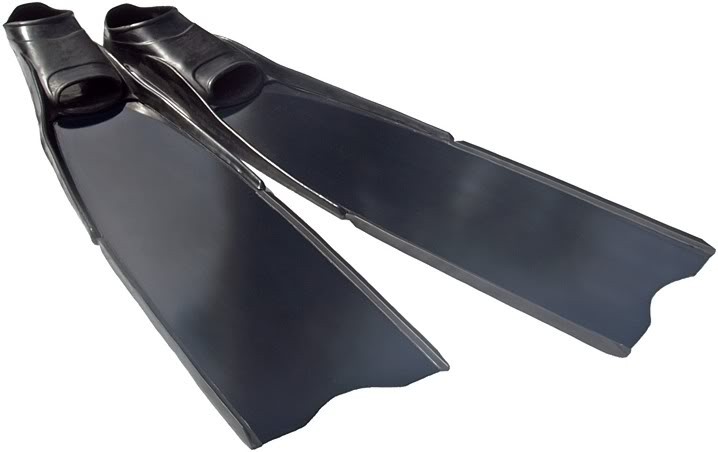My last three dives I've been using the DiveR blades. First thing I did is take off the mermaid logo which came off cleanly, it's just a sticker. The blades fit well into my generic footpockets which are sporasub copies. I reshaped the back edge of the blade to have rounded corners, and was then able to push the blade about 1cm deeper into the footpocket. Before that the back edge had a square cut.
